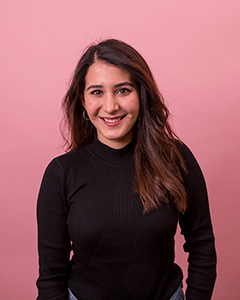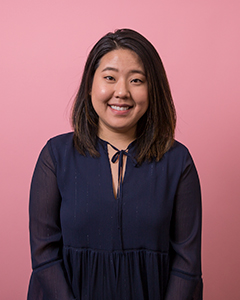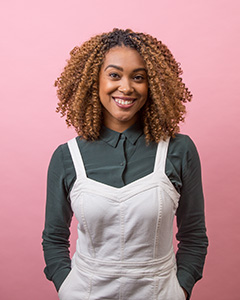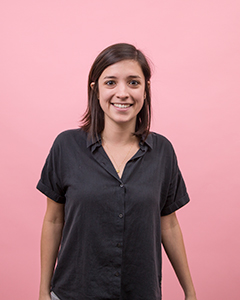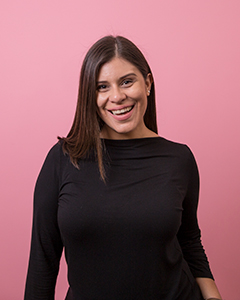Aerie, American Eagle’s undies brand, has done away with advertising retouched models and is keeping it au naturel, and we (and its sales numbers) are in favor. As a group of strong-minded, creative female consumers in the advertising industry, we had some opinions about this business decision and its recent news, naturally.
Heather Apple, senior writer. Bold as she is blonde.
“Brands can support women for good and for profit. That’s what Aerie’s success proves: These aren’t mutually exclusive. It’s common sense. We spend so much time trying to understand our target; we should represent them—all of them.
“We still have a lot of strides to make to represent women of different sizes, ages and ethnicities, so if we could stop overlooking (and Photoshopping) those women, that’d be a big deal. If one brand shows real women, other brands will follow. Then eventually, we’ll see powerful, smart women of all shapes and sizes portrayed in the media.”
Alicia Ross, project manager. Only thing realer than her is her curls.
“I have two teenage sisters, 18 and 16. And even though we’re close, with social media, I have so much access into their personal thoughts because it’s 2016, and if they don’t tweet about it, then it didn’t happen.
“A recent tweet from my 18-year-old sister: ‘Buy all this makeup and I’m still ugly.’
“What? Nooooo.
“And from my 16-year-old sister: ‘This last year of body positivity toward myself (and everyone else) has really paid off. I love myself; ain’t no shame in my game. But as with anything, I still have progress to make.’
“That makes me super happy, but damn, why do 16-year-olds have to spend a year focusing on body positivity?
“So, if they’re shopping at a place where they can walk in and see attainable, realistic beauty where there are pictures of girls with folds in their stomach while sitting at the beach—because THAT’S WHAT BODIES ACTUALLY DO WHEN YOU SIT ON THE BEACH—then I feel really awesome about that. That’s where I want them to shop. That’s where I want to shop for them.”
Summer Ortiz, studio artist. You should see the girl sketch.
“Having had my own body issues through my adolescence and into adulthood, I’ll admit that I’ve been the person to give a perplexed sneer at this movement toward ‘real’ women in advertising.
“I’ve thought to myself: ‘Why is she in an ad? If a woman who looks like that can be in something like this, anyone could. I could.’
“But isn’t that the point? I was conditioned to think I should feel inferior to the women in ads. But why? Real women are beautiful.
“And from a sales perspective, this tactic is smart. If I see a woman with a body that more closely resembles mine, wearing something I too think I can look good in, I feel more confident purchasing it. I can’t tell you how many times I’ve seen something on a model and purchased it, only to try it on and be reminded that I am not 6’1″ and a size 00. And then, not only do I feel badly about myself, but I feel negatively toward that brand, and I am less likely to buy from it again.
“This kind of advertising could change that cycle.”
Leslie Shaffer, creative director. She woke up like this.
“I love that this was a pure business move. Aerie didn’t stop retouching because of its own principles. It did it because it knew young women would be into it and spend their money with Aerie. That says a lot for a generation that gets a bad rap most of the time.
“Let’s stop advertising to some sad, imagined lowest common denominator and start assuming people are as smart and confident as they really are.”
Our experiences are different, but among us women, there’s a common trend: We’re all craving some realness and some rawness—some curves on the beach and some butts at the pool—because it’s time for brands to start reflecting its audience, not the other way around. Talk about an idea that makes a difference.
